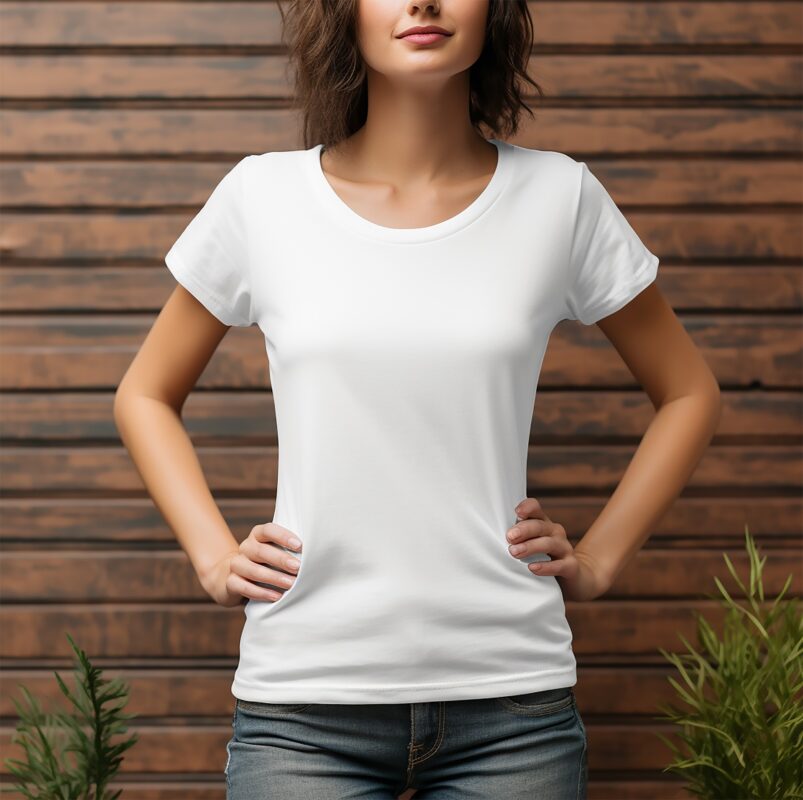
Blog
Can We Change the Fashion Industry More Sustainable?

The regulation for clothing
Do you know anything about regulation or laws for protecting the environment? Especially, do you know any regulation against clothing?
From decades ago, the world is paying attention to climate change and protecting the environment, like SDGs. So, there are a lot of activities and campaigns for combating global warming. As part of it, many countries and governments around the world are turning their attention to clothing industries as well. The contents about the regulations and laws are promoting activities which reduces the damage for the environment or reducing GHG emissions.

For example, France has enacted a law that prohibits incinerates unsold clothing. Or in the U.S., there is a law currently being discussed. The content is that the clothing companies need to evaluate the environmental and social impacts of their supply chain and implement policies and procedures to mitigate its negative effects.
As I said, the world is becoming more and more aware of the climate change. However, what’s the problem? And, what kinds of efforts are being made globally to protect the environment? Do you have any idea? Let me introduce them!
Why Fashion industry is a Problem
Have you ever thought how much water is used for your clothes? You will be surprised at this fact. To put it simply, the answer is 2,700 liters of water for that shirt.
Just to grow the cotton, 10,000 liters of water are used to produce just one kilogram of cotton. The total water used to produce goods and services, including growing crops, manufacturing products, and generating energy, is known as virtual water. This use of water is a major factor contributing to water shortages.

Based on the journey your favorite T-shirt took to get to your wardrobe, that’s the amount water for clothes and that’s enough water for one person to drink for 2.5 years! This is not the end. Furthermore, the harmful chemicals are used during the dyeing process or the fact that many clothes end up in landfills, contributing to pollution and waste.
According to European parliament, an average Europeans use nearly 26 kilograms of textiles and throw away about 11 kilos of them every year. So, unimaginable amount of water is thrown away every year even at this moment. Water waste is a significant issue, as many countries and regions already face water shortages, leading to challenges in accessing medical services and ensuring food security.
What Kind of Actions are Changing This situation?
1. Circular Fashion: A Game-Changer
Have you ever heard of this word “Circular Fashion”? Circular fashion is all about creating a closed-loop system, where clothes are designed, produced, and consumed in a way that minimizes waste. For example, take H&M. This company creates products that are made to last, from safe, recycled, regenerative or other more sustainably sourced materials, and that can circulate multiple times.

Have you ever used a clothing rental service for a special occasion? Renting clothes instead of buying them, or shopping for second-hand items. There are some platforms making it easy to buy and sell second-hand clothes, giving them a second life.
Many brands are also adopting take-back programs, allowing you to return your old clothes so they can be recycled into new garments. More specifically, by sending products, often the customer can receive points or discounts from the brand. The brand either processes these products in-house or sends them to a partner for processing. In, those ways, we can make the lifespan of clothes longer, instead of sending them to landfills.
2. Sustainable Materials: The Future of Fabrics
Ever wondered what your clothes are made of? The type of fabric used in our clothes has a huge impact on the environment. Organic cotton is recently famous around the world, right? We often see the word “organic” in various places including grocery stores. But today, innovative brands are turning to more sustainable alternatives that are better for the planet.
Some materials you might come across include:
Hemp: This fast-growing plant requires very little water and no pesticides, making it a great eco-friendly option. Plus, hemp fabric is durable and soft.
Recycled Polyester: It’s made from plastic bottles or other recycled materials. Recycled polyester offers nearly the same quality as virgin polyester, but its production uses 59% less energy than that of virgin polyester. So, this material is contributes to reduce carbon emissions.
Mycelium Leather: Do you know what it is? This is the root structure of mushrooms and being used to create leather alternatives that don’t involve animals or harmful chemicals. The mycelium grows in a naturally biological process and does not require light to grow, so the environmental impact is correspondingly low.

These materials are paving the way for a greener future in fashion.
3. Technology: Reducing Waste with Innovation
I think you know the technologies can contributes to the protecting the environment. But did you know 3D printer can reduce the damage for the Earth? Technology is playing a huge role in making fashion more sustainable.
Using 3D printer allows designers to create clothing without wasting any cloth. Reducing waste can greatly benefit the environment and contribute to the fashion industry’s shift towards a more sustainable future. And then there’s digital fashion—clothes that exist only in the virtual world. With the rise of social media and virtual platforms, more people are dressing their digital avatars in high-fashion outfits, without ever producing a physical garment. It might seem unrealistic for you yet? However, according to a report in 2021, the global digital clothing market was valued at $498.7 million and is expected to grow to $4.8 billion by 2031, with a compound annual growth rate (CAGR) of 26.4% from 2022 to 2031. Therefore, technology is expected to play a key role in promoting environmental progress and is anticipated to have a highly positive impact.
A Collective Effort for a Brighter Future
As we have seen the contribution for sustainability, it is clear that there are a lot of ways to tackle this challenging problem, climate change. But like the amount of water for making clothes, there are too big problems that is difficult for one country to deal with. So, what do we need? This is collaboration. Including choosing the sustainable fashion and supporting the organization that act environmentally friendly, we need to be a part of solution. We can help those brands or support some project by carbon credits. The environment is either saved or worsened by your action. Let’s make a difference together.
